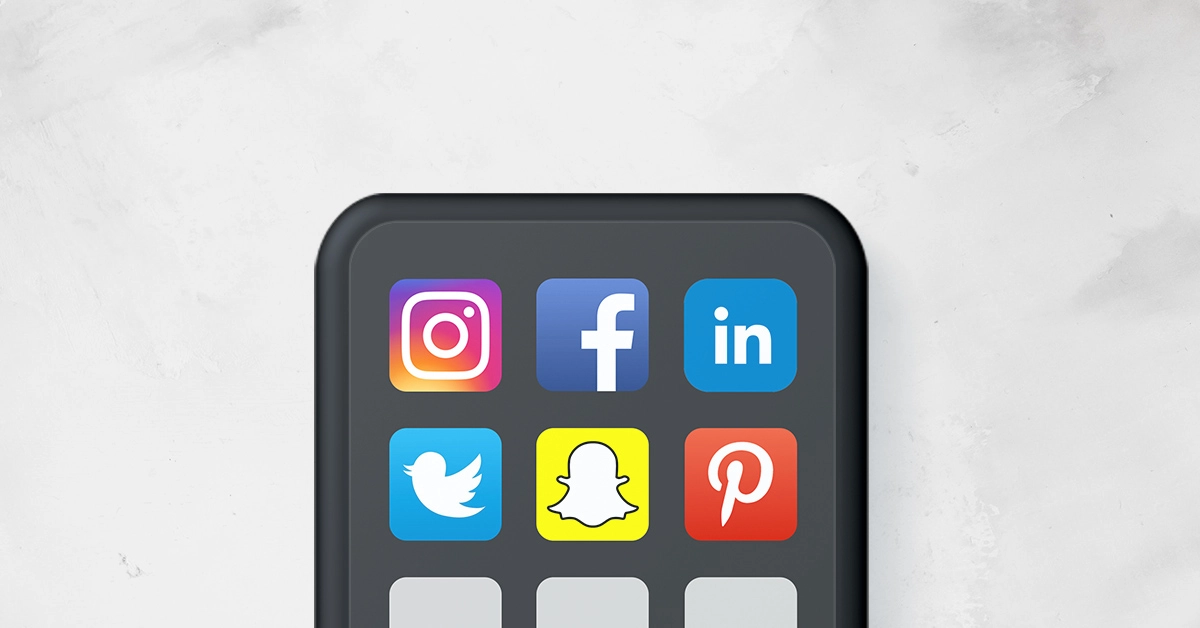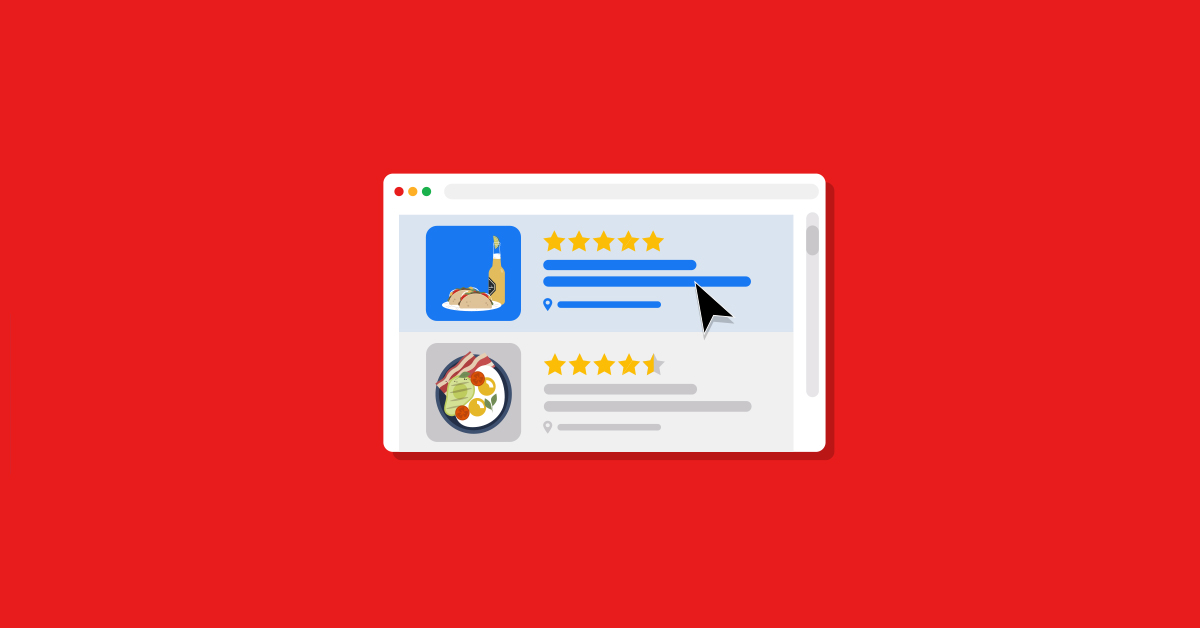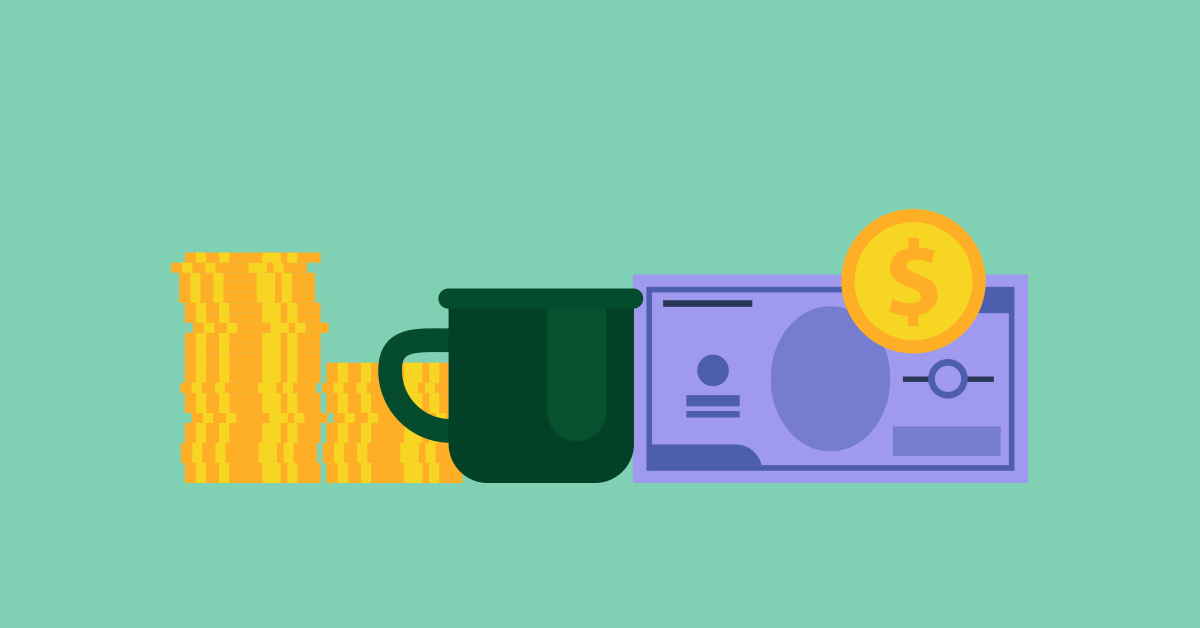
As a nation, we love our coffee. It’s a decades’ long love affair that is equally rich in technique as it is in heritage. And the cultivated passion for coffee continues to intensify with the cafe and coffee shop sector worth $10.6 billion in 2023 – a 4.5% per year growth on average between 2018 and 2023.
But what about the other side of the venture: what are the costs associated with penetrating this growing sector?
While there is no one-size-fits-all costing plan, this post outlines the primary costs new cafe owners factor in when opening their cafe, including startup costs, fixed & variable expenses, and popular options on funding a new cafe.
How Much Does It Cost To Open A Cafe?
Startup costs
Startup costs are one-time expenses to invest in prior to operating. While they tend to differ on a business by business basis, most cafe owners invest in the following categories before opening their doors.
Opening a cafe?
Download our free costing template that covers all essential costs from securing your location, to opening your doors.
Commercial space
When it comes to finding the perfect venue, there are two main options to consider: leasing a venue or buying an existing establishment.
Leasing
Leasing a property is the most significant expense for a new cafe, and it’s recommended that rent be no more than 15% of your yearly income.
If you decide that leasing a commercial space is the best option for your cafe, you should budget for the following:
- 1 to 3 months rent for a refundable deposit. Commercial leases are usually long term, with many offering a minimum 5-year lease, and you’ll need to pay an upfront deposit to secure the space.
- Set aside at least six months rent to ensure you’re covered financially while your cafe becomes established.
Buying
While you’ll still have ongoing costs, like monthly mortgage repayments, purchasing your venue has many advantages, especially if you buy an existing cafe or food service business.
In most cases, your venue will already have a kitchen, toilets, running water and an efficient floor plan for food production. This will save time and money in the long run, as many of the costly aspects of setting up a cafe have already been accounted for.
If you’d prefer to buy your own commercial space, you should expect to pay a minimum 20% deposit, plus ongoing monthly mortgage repayments. If your chosen venue is on the market for $680,000, for example, you should set aside at least $136,000 to purchase the property.
Renovations and decor
If you’ve purchased an existing cafe, a lick of paint, new flooring and updated fixtures might be enough to create the aesthetic you’re looking for. Avoiding major renovations and making surface changes, if possible, is the best way to keep costs low. For a cosmetic upgrade, you should budget $5,000 to $10,000 for a small to medium size cafe.
On the other hand, your chosen property might need a complete overhaul. This could include structural renovations, installing a kitchen and toilets and interior design work. In Australia, the average cost of refurbishing a small to medium size cafe is between $80,000 to $170,000. For larger cafes, this can cost upwards of $250,000.
The best way to avoid spiralling renovation costs is to find a property that’s already converted for commercial food service. This will save you tens of thousands of dollars that can be spent on equipment, inventory, marketing or reinvested into your business.
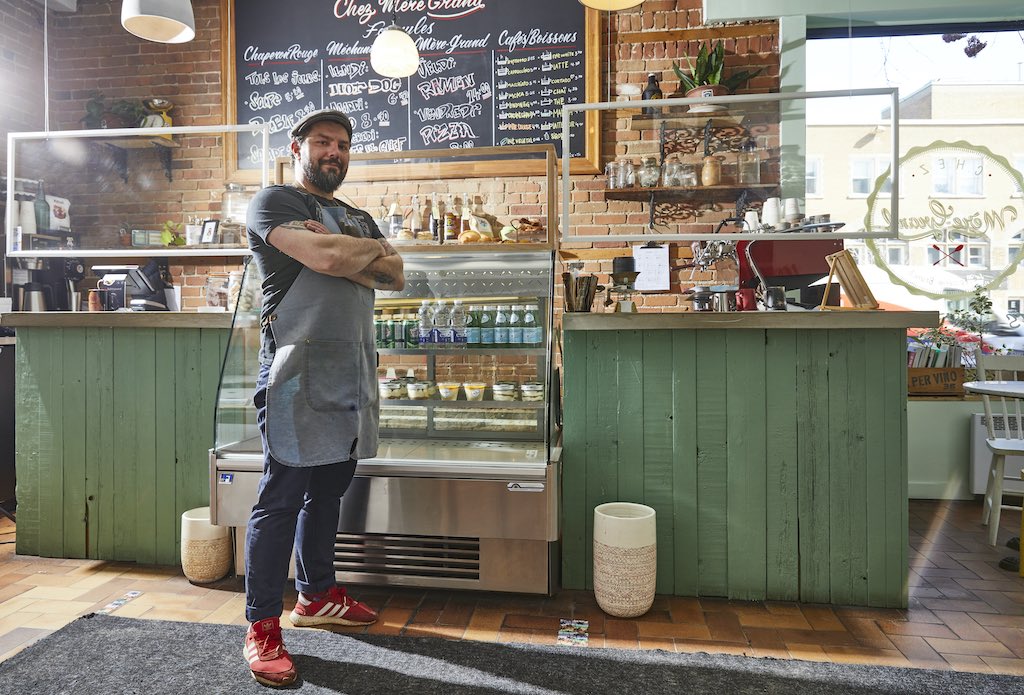
Equipment
Purchasing equipment for your new cafe will be one of the highest costs you’ll incur, aside from leasing or buying your premises.
Equipment costs can vary enormously; commercial coffee machines, for example, range from around $2,500 to upwards of $20k. Therefore it’s essential to understand your operational requirements before investing in equipment.
You’ll require specific equipment to execute your menu, store inventory, wash crockery and cutlery and keep your venue clean. As a starting point, consider the following:
- Coffee and beverage equipment, e.g. espresso machines, coffee grinders, blenders.
- Kitchen equipment, e.g. ovens, fridges, toasters, microwaves.
- Workspaces, e.g. preparation tables, countertops.
- Service equipment, e.g. trays, glassware, crockery, utensils, takeaway cups.
- Storage, e.g. shelving, display cabinets, containers.
- Inventory, e.g. coffee beans, milk, syrup, sugar, bread.
As an estimate, here are some common pieces of commercial cafe equipment and their price range:
- Coffee grinder – $950 to $4,000
- Espresso machine – $2,500 to $20,000+
- Blender – $400 to $2,000
- Fridge – $1,000 to $8,000
- Dishwasher – $2,500 to $9,000
- Toaster – $200 to $2,000
- Microwave – $500 to $2,000
If you have the upfront capital, then investing in new equipment might be the best option as everything should work like clockwork, and you’ll have a warranty if anything goes wrong. Investing in new equipment, however, is an expensive undertaking, and you may decide purchasing second-hand equipment, or renting, is a more cost-effective solution.
Cafe technology
New cafes will need to invest in technology to operate efficiently and streamline their day-to-day operations. Typically, cafes will need a point of sale (POS) system to take orders and process payments, and there are several options available.
Legacy POS systems, for example, operate and store data (such as payments) on local servers and often require a significant upfront investment to set up. On the other hand, cloud POS platforms store data on the cloud, resulting in greater flexibility (you can access your data from anywhere) and significantly smaller startup costs.
As well as a POS system, there are several pieces of hardware and software that cafes can use to automate processes and collect data to optimise their business.
Hardware
- iPads for your point of sale (POS) system – current models start from $599
- Receipt printer – prices start from $449
- Kitchen printer – prices start from $449
- Cash drawer – from $109 to $200
- Payment terminal – prices vary depending on your chosen provider
Software
- Cafe Cloud POS system – from $79/month
- Loyalty programmes and marketing software – basic packages are often free and you’ll need to pay a monthly subscription fee to access advanced features
- Employee management – from as little as $3 per user, per month
- Digital ordering services – from $59/month
As an estimate, you can expect to spend at least $1,500 on new hardware and budget a minimum of $140 per month for software subscriptions.
Licenses and certificates
To ensure you can legally operate, you’ll need to obtain licenses from your local council and state government. While each business is different, there are several licences that all cafes will need before they can begin trading.
Business license
You’ll need to obtain a business license by registering your cafe with the local council. Business licenses allow cafe owners to operate under the correct legislation and follow proper food safety guidelines.
Please visit the Australian Business License and Information Service website for more information.
Council certificates
In most cases, you’ll need to apply to your local council for the following certificates:
- Zoning certificate
- Fire safety certificate
- Occupation certificate
- Compliance certificate
Certificate prices vary by state and your exact requirements but tend to range between $50 to $500+.
Food licences
You’ll need to apply for a food licence before you can prepare and sell food at your cafe. Licencing requirements vary by state and the size of your venue. Please visit your local state government website for more information.
- Australian Capital Territory
- New South Wales
- Northern Territory
- Queensland
- South Australia
- Tasmania
- Victoria
- Western Australia
Other licenses
Depending on your operational requirements, you may need several other licences and certificates, so it’s important to consult with your local council before opening.
For example, if you plan to play music in your cafe, you’ll need a music licence to cover copyright issues. The price of a music licence varies based on the size of your venue and can start from $100 per year.
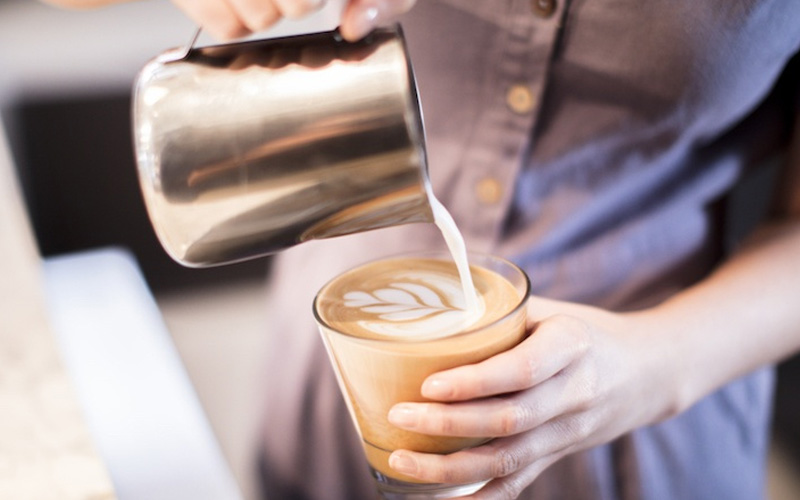
Marketing
Marketing costs are often overlooked when calculating the cost of opening a cafe. Yet, it’s an integral part of building a successful business and should be accounted for in your budget.
With 90% of guests researching a venue online before deciding to visit, having an online presence is crucial. Before opening, you should consider investing in the following marketing initiatives to drive awareness for your new cafe.
Website
Having a website for your cafe is essential in today’s digital world. Setting up a website on your own is pretty straightforward, thanks to user-friendly website builders like WordPress and Wix. While both options are free to use, you’ll need to upgrade to a paid plan (prices start from $60/ year) to access advanced features.
You’ll also need to purchase a domain name for your website, with prices starting from as low as $10/year.
If you don’t feel confident creating your website, you can hire a freelancer to do this for you. A basic website build will cost between $300 to $1,000, depending on your exact requirements. Check out platforms like Airtasker and Fiverr for suitable web developers.
Social media
Social media, particularly Facebook and Instagram, is an excellent (and essential) way for cafes to showcase their offering and reach new customers. Regularly posting on your social channels generates free exposure for your business, so it’s vital to dedicate time to building a community of followers.
You should also set aside a budget for social media adverts to promote your cafe and drum up excitement before opening. Both Facebook and Instagram have easy to use ad platforms with detailed demographic targeting to ensure your ads reach the right audience.
You can invest as much or as little as you want in social media advertising, but we’d recommend budgeting $100 – $200 per month as a starting point.
Directories and review sites
Set up profiles for your cafe on directories and review sites such as TripAdvisor and Yelp. It’s free to create an account and opens up your business to a new pool of potential customers. You should also set up a Google My Business account, so your cafe will appear at the top whenever someone searches for your business.
Fixed and variable expenses
Your fixed and variable expenses are the recurring costs you’ll incur once you open your cafe. Fixed expenses are easier to account for as they seldom change, whereas variable expenses fluctuate, making them harder to budget for.
Your Perfect Cafe POS Awaits
Ready to upgrade your cafe’s POS system? Request a custom quote now!
Rent, license fees and insurance
Rent, license fees and insurance are all examples of fixed expense. Mapping each of these out before opening your cafe will give you a good idea of how much revenue you’ll need to generate to cover these costs and turn a profit.
Rent
Once you’ve signed a lease, you’ll know exactly how much your weekly / monthly payments will be, and this won’t change until your lease is up for renewal.
License fees
Many of the licenses you need to operate will have to be renewed annually. When budgeting for your licenses, remember to factor in the initial cost and the renewal fees.
Insurance
No matter the size of your cafe, having the right insurance is essential to protect your business against unexpected challenges. Cafe owners should consider investing in the following:
- Public liability insurance – protects your business in the event a third party, or their property is injured or damaged while in your cafe.
- Product liability insurance – protects your business in the event a third party is adversely affected by one of your products e.g. food poisoning.
- Business insurance – protects items that are essential to the running of your business e.g. contents, business disruption, building cover.
- Management liability – protects your business from the risks associated with running a business and managing a team e.g. work health and safety, employee theft etc.
The price of insurance will vary based on the size of your business, the location and the level of cover. As a guide, the current average monthly payment for public liability insurance for hospitality businesses in Australia is $59.
Labour
Employee wages are a variable cost for your business, as they can fluctuate from month to month. However, you can roughly estimate how much labour will cost based on the number of hours your staff are likely to work in any given month. According to Indeed, the average hourly wage for a barista in Australia is $29.43.
Utility costs
Utility bills, like electricity, gas and water, are another example of a variable business cost, as they change from month to month. It goes without saying that the bigger your commercial space, the higher your utility costs will be. Before signing your lease, do confirm if any utilities are included in your costs. If not, ask how much previous tenants paid and use that as a benchmark.
How to fund your new cafe
Depending on your venue size, type of lease, location and operational requirements, the cost of opening a new cafe in Australia can range from $200,000 to $500,000+. This is a considerable investment, and it can be challenging to raise the capital required to kickstart your business. However, there are a couple of options to help first-time small business owners finance their project.
Merchant Cash Advance
A merchant cash advance is a form of business financing where a company provides funding to a business in exchange for a portion of its future sales.
Eligible Lightspeed customers can take advantage of Lightspeed Capital, our merchant cash advance program. If you’re approved, you can get funding in as soon as two business days, which you can use for any business expense.
There are no credit checks, no payment schedules, no fluctuating interest rates and no lengthy applications. Once approved, the advance is repaid daily through a portion of your sales.
The benefit of opting for a merchant cash advance (such as Lightspeed Capital) is that your repayments are directly tied to your sales volume. What this means is that if your sales are good, your advance gets paid back faster, but if trade is slow, you pay less.
Find out if you’re eligible, or learn more about whether Lightspeed Capital is right for your cafe.
Need flexible funding for your cafe?
Enjoy fast funding with no credit checks, a flat-fee payment structure free of fluctuating interest or hidden costs and deposits in as little as two business days with Lightspeed Capital.
Government grants and funding
The federal and state governments regularly create financial assistance packages and initiatives to help new businesses. Here are the latest programs available for eligible new cafes.
- Commercial Refrigerator Rebate NSW – eligible businesses in New South Wales can receive a rebate of up to $1,490 when they purchase or lease a new, eligible, plug-in commercial fridge or freezer.
- Small Business Rebate NSW – provides small business owners with a rebate of up to $1000 when they buy and install safety items to address safety risks in their business.
- Business Growth Program NT – provides businesses and start-ups in the NT with funding to help them with planning, profitability, digital technology and more.
State governments launch new initiatives throughout the year, depending on certain factors like employment rates and economic stability. Therefore, it’s essential to keep up to date with the most recent support available for your business in your state or territory.
You can also use this free government resource to help calculate the startup costs of your business.
Bank loans
Bank loans are a popular source of funding for first-time small business owners, and the major banks offer a range of options. To understand which is the best option for your business, compare the following:
You can also check out the Australian Government’s business advice website to learn more about how to apply for a business loan.
Cafe startup costs
Like all businesses, no two cafes are the same, so it can be challenging to estimate how much it costs to open a cafe. As a starting point, use this article to plan and create budgets for each key area of investment for your new cafe. With careful planning and a willingness to explore your options, you can evaluate your startup expenses and gauge how much it will cost to open your own cafe.
Free cafe business plan template
This easy-to-use business plan template is designed to help aspiring cafe owners set their plans into motion.

News you care about. Tips you can use.
Everything your business needs to grow, delivered straight to your inbox.
